7 Best Practices for Successfully Managing Remote Employees
As the world has become increasingly digital, more and more companies are embracing remote work as a way to attract talent and increase productivity. While this trend has many benefits, it also presents new challenges for managers who must learn how to manage their teams effectively from afar. In this article, we will discuss some best practices for managing remote employees.
Establish Clear Communication Channels
One of the biggest challenges of remote work is communication. Managers must ensure their remote employees have access to the tools and resources they need to stay connected and collaborate effectively. This may include video conferencing software, project management tools, and instant messaging platforms. It is also important to establish clear expectations for when and how communication should take place, and encourage regular check-ins to ensure everyone is on the same page.
Set Clear Goals and Expectations
Remote employees need to know what is expected of them in terms of their roles and responsibilities, as well as the company's overall goals and objectives. Managers should set clear goals and expectations for their remote employees, and provide regular feedback and performance evaluations to ensure that everyone is meeting expectations.
Establish a Remote Work Policy
A remote work policy can help to set clear expectations and guidelines for remote employees. This policy should include details on how to communicate, what tools and resources are available, and how to manage time and workload. It is important to ensure that remote employees have a clear understanding of the policy and that they are adhering to it.
Foster a Strong Team Culture
Remote employees may feel isolated from the rest of the team, so it is important to foster a strong team culture. This can be achieved by scheduling regular team meetings, providing opportunities for virtual team-building activities, and encouraging social interaction through non-work-related conversations.
Be Flexible
One of the benefits of remote work is the flexibility it provides. Managers should be flexible with their remote employees, allowing them to work in a way that is most productive for them. This may include allowing them to work flexible hours or providing them with the tools and resources they need to work from home.
Provide Support and Resources
Remote employees may face unique challenges and may require additional support and resources. Managers should ensure that their remote employees have access to the resources they need to do their jobs effectively, and provide additional support when needed. This may include training, mentoring, or coaching.
Encourage Professional Development
Remote employees may miss out on some of the professional development opportunities available to on-site employees. Managers should ensure that their remote employees have access to professional development opportunities, such as online courses or webinars, to help them grow and develop their skills.
Summing it Up
Managing remote employees requires a different approach than managing on-site employees. By establishing clear communication channels, setting clear goals and expectations, establishing a remote work policy, fostering a strong team culture, being flexible, providing support and resources, and encouraging professional development, managers can successfully manage their remote teams and help them to be productive and successful.




